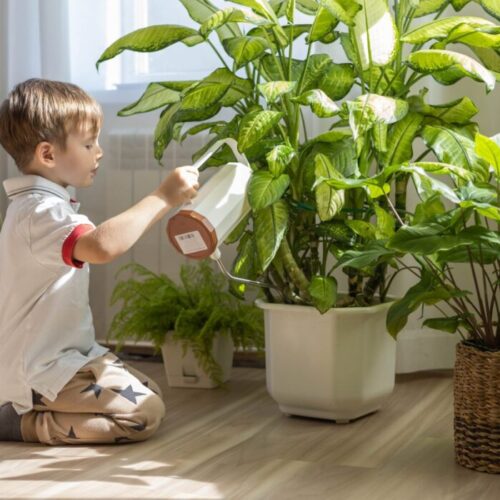A glimpse into sibling dynamics with a neurodivergent child

Sofia Stigka, a child psychologist at Thrive Wellbeing Centre, gives us her insight into the relationship between neurotypical and neurodivergent siblings.
No matter how different your kids are from one another, sibling bonds are important. They directly affect a person’s family experiences, social skills and self-identity. That is universally true no matter the children’s neurological profiles. For example, one child may be on the autism spectrum, while the other may be neurotypical, or they may share a common diagnosis, but on different levels of functioning. In these cases, there can be difficulties and concerns that make family dynamics and daily routine more complicated.
Try to give equal attention
Typically, the diagnosis of autism spectrum disorder in a family member is the catalyst of an effort to discover appropriate interventions and a network of people that can provide practical and socio-emotional support. However, while parents understandably focus on helping this child, their other child’s needs may be unintentionally overlooked. In many ways, a neurotypical child does not have the usual opportunity to be a traditional child with traditional tantrums and caprices, because growing up with a sibling with additional needs doesn’t leave as much room to express these. As a result, these kids may grow up faster.
Peer support
Sometimes children who have a brother or sister on the autistic spectrum can feel lonely. It’s important to help them connect with people that understand. There are peer support groups for people who share similar experiences, where they can process difficult – but perfectly normal – emotions, such as anger, resentment, sadness and frustration. When young people participate in these groups, they often find new ways of dealing with situations, new coping mechanisms and ultimately, they feel heard and less alone.
Ambassadors of difference in society
Neurotypical siblings are exposed to different ways of communication. They learn early on that behaviours that others may label as atypical – mannerisms, vocalisations, echolalia or speech repetition – are ways that an autistic child expresses their emotions and needs. Neurotypical children usually develop a particular set of skills in order to interact effectively with their neurodivergent sibling. They learn to respect routines, to use precise language, to not take meltdowns personally and to adapt their expectations. These siblings therefore serve as ambassadors of diversity acceptance in the global community, reshaping the notion that autistic individuals need behavioural modification plans. Rather, they promote an alternative approach, inviting society to understand the function that a typical autistic behaviour serves.
From a young age, a neurotypical child is often a supporter, a guardian, a loyal friend and even a safety net to their neurodiverse sibling. Their neurodivergent brother or sister teaches them about differences and tolerance to adversity. Sibling dynamics in these cases create an example of acceptance and respect towards neurodivergent individuals that can be a road map for all within society.
Image Credit: ShutterStock












Comments